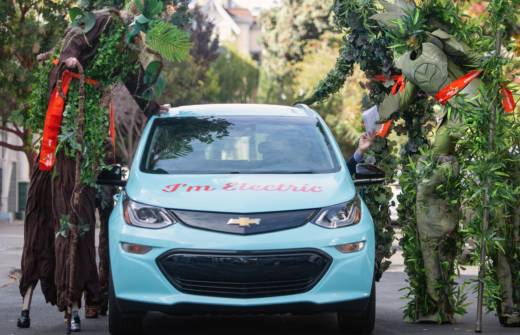Thousands of leaders from around the world gathered in San Francisco last week to announce what they’ve accomplished in the effort to reduce greenhouse gas emissions, and to make new commitments for the transition from fossil fuels.
The transition from fossil fuels affects everything from housing to transportation to building to buying. It can feel like a daunting task.
In this hour-long special report on the Global Climate Action Summit, we explore how to handle the emotions climate change raises, what happened at the summit, and what it meant.
Major commitments:
- Governor Jerry Brown signed SB 100, requiring all of California’s energy to be carbon-neutral by 2045. He also signed a broad executive order calling for the entire economy of the state to be carbon-neutral by 2045.
- Business leaders pledged to cut carbon emissions using science-based targets. And financial leaders mapped out strategies for transparency and accountability in cutting fossil fuel investments.
- In all, cities, CEOs, states, counties, and other sub-national governments made 500 commitments to strengthen their climate change actions by building more clean energy, reducing city waste, cutting emissions from new and existing buildings, building electric vehicle charging stations, and other actions.
